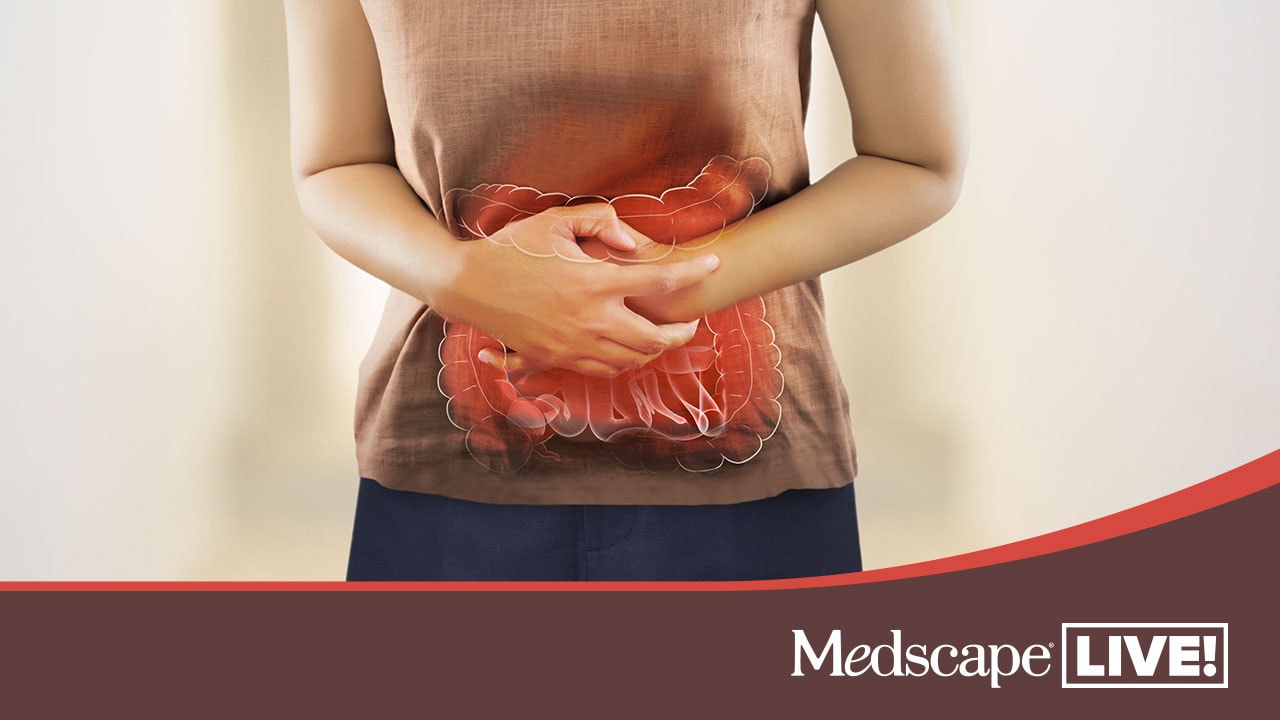Background
Providing assistance in cases of spontaneous vaginal delivery presents a valuable opportunity to prevent perineal disorders such as urinary incontinence (UI), which, requiring surgical intervention in circa 400,000 women every year in the USA alone, has been compared to a hidden epidemic.[1]
UI prevalence rate in women is estimated at between 10% and 50% depending on age[2–5] - a study involving 1029 women with a mean age of 53 years in our region found a UI prevalence of around 44%.[6] UI in women is often assumed to be attributable to the effects of pregnancy and childbirth. In fact, among pregnant women, UI is a common occurrence compared with other groups of women, with reported prevalence rates ranging between 31% and 60%.[7,8] However, UI tends to be a self-limited condition postpartum, with persistent postpartum UI prevalence rates cited as variating between 0.7% and 44%.[9–11]
In addition to UI, many perineal disorders are commonly associated with vaginal delivery, such as anal incontinence, chronic pelvic pain, other lower urinary tract symptoms and dyspareunia, incidences of which are probably underestimated.
Recent studies underline the importance of a better delivery management[12,13] in order to prevent perineal damage caused by vaginal delivery and its complications, represented by mother-newborn bonding failure in the short-term and pelvic floor disorders at the long-term follow up.
Episiotomy itself remains controversial since its first use by a Scottish midwife in the 1740s.[14] At the beginning of the 1980s, episiotomy was widely performed, despite no clear demonstration of its efficacy.[15] During the 1980s and the 1990s, episiotomy was found to have more side effects than benefits: increased blood loss, greater postpartum pain and dyspareunia, more difficult and lengthy repair, higher incidence of third to fourth degree tears, and no evident protection of foetal health.[16,17] Therefore, opinion has shifted, with restrictive episiotomy policies appearing to have a number of benefits as reported in the most recent Cochrane review.[18]
Some authors found an association between episiotomy and more perineal pain and dyspareunia during the early postpartum weeks, even when compared with cases presenting spontaneous tears.[19–21] Perineal trauma during delivery results in perineal pain regardless of whether episiotomy was performed or not, and independent of presence of tear and the methods used to repair it.[22,23] Fortunately, painless intercourse is generally resumed by 6 weeks postpartum, and the effects of delivery trauma on sexual function generally disappear by 12 months.[24]
In the literature, there are no studies that evaluate the effect of episiotomy on women's quality of life in relation to lower urinary tract symptoms postpartum - most of the studies simply evaluate the presence or absence of such symptoms, commonly urinary incontinence.
In the present study we analyse the maternal, neonatal, and obstetric factors influencing the quality of life of women who vaginally delivered, evaluated by the King's Health Questionnaire (KHQ) at the 12.79 months (±3.3) postpartum follow-up, and focusing in particular on the role of episiotomy. We investigate both physical and psychological health status, and their corresponding effects on daily life, basing our consideration on the most recent definition of health by the World Health Organisation as the coexistence of physical, psychological and social wellness.
BMC Womens Health. 2011;11 © 2011 BioMed Central, Ltd.
© 1999-2006 BioMed Central Ltd
Cite this: Impact of Episiotomy on Pelvic Floor Disorders and Their Influence on Women's Wellness After the Sixth Month Postpartum - Medscape - Apr 01, 2011.











Comments